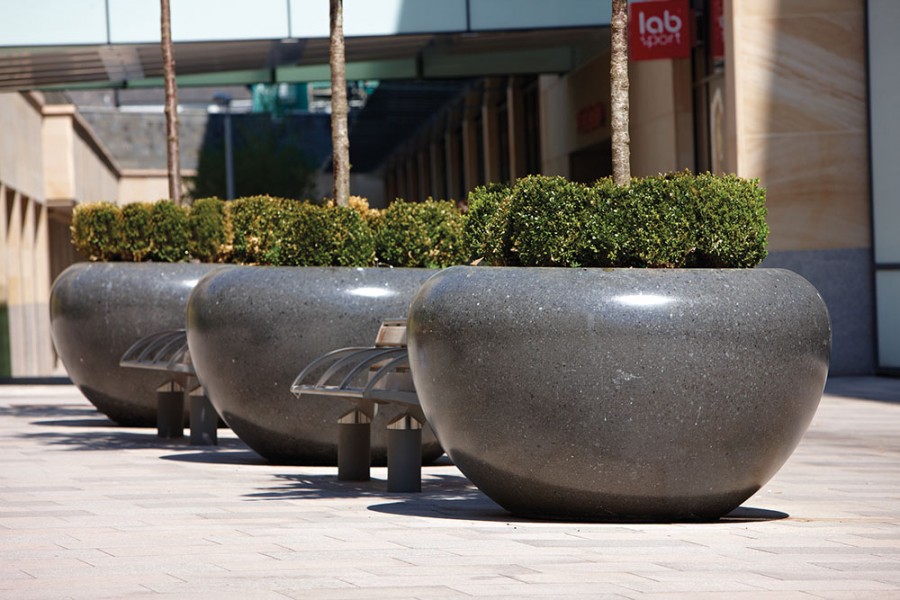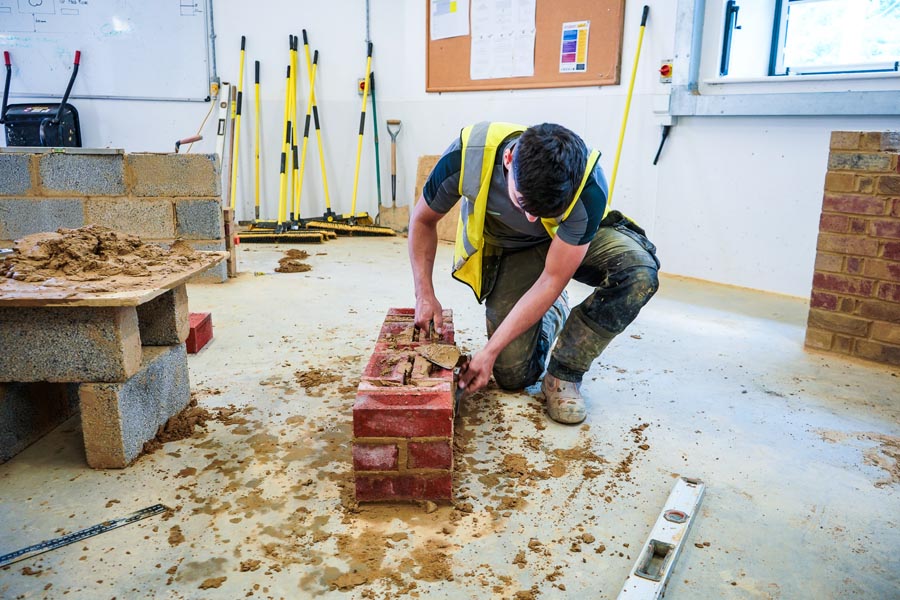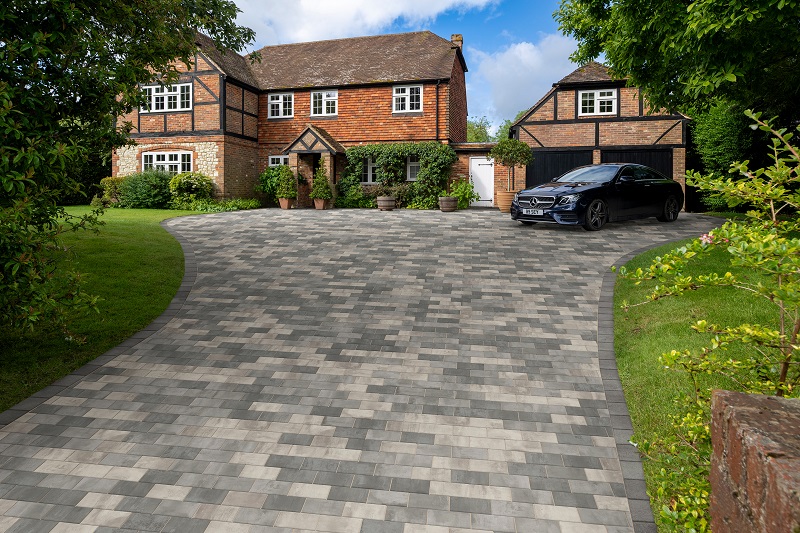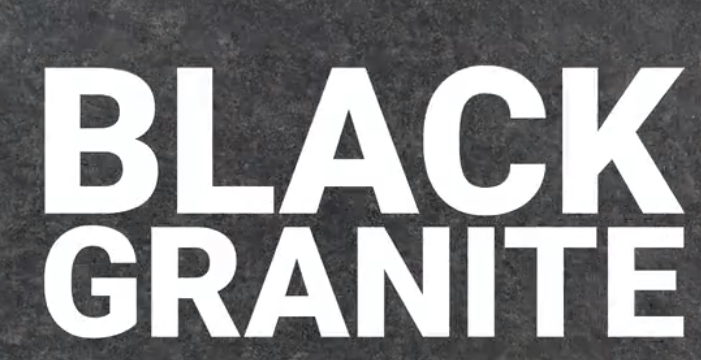
THE RISE IN VEHICLE TERROR ATTACKS OVER THE PAST 18 MONTHS HAS MARKED A SIGNIFICANT CHANGE IN THE THREAT POSED TO THE PUBLIC, AS WELL AS THE APPROACH TO MITIGATING AGAINST IT. JAZ VILKHU, MANAGING DIRECTOR OF MARSHALLS LANDSCAPE PROTECTION, ARGUES THAT DESIGN AESTHETICS MUST PLAY A FAR GREATER ROLE IN THE SPECIFICATION PROCESS.
Hostile Vehicle Mitigation (HVM) has become a key concern for security experts, architects and specifiers in the wake of the escalation in vehicle terror attacks, and as a result we’ve seen a sharp rise in the number of risk assessments carried out on critical infrastructure, town and city centres and large events.
Temporary solutions such as large metal barricades, barriers and concrete blocks have become the default option. New installations in Westminster, Edinburgh and outside Windsor Castle are key examples. But while they are clearly visible and an effective method in stopping vehicles, they continually remind people of the threat that exists.
The very act of fortifi cation can increase the fear that the public feels - the outcry has already resulted in negative headlines, with this type of defence frequently labelled an ‘eyesore’.

A shift in thinking
This creation of anxiety has the potential to impact footfall which could hit businesses and urban areas hard, so addressing this issue is rising up the priority list for those responsible for specifying perimeter protection. A joint report produced by Marshalls and IFSEC Global showed that 79 per cent of architects and security experts said the number of projects requiring more aesthetically-pleasing security products has increased in the past three years. Almost all believe this demand will rise sharply moving forward.
While not mandatory, part of this shift is due to the Centre for the Protection of National Infrastructure (CPNI), which has recently outlined that designers and specifiers shoulder consider a more holistic approach when it comes to HVM – one that balances security with keeping public spaces open and inviting to pedestrians. This approach involves aesthetic protection that integrates well with the surrounding space. Now, rather than concrete blocks and barriers, we’re seeing more architects and specifiers look at using landscape furniture, such as planters, seating, little bins, lighting columns and cycle stands and bollards.

They may look fragile, but they are built with PAS68/IWA 14.1 certified cores – the latest Publicly Available Specification for products used in hostile vehicle mitigation - and can stop a 7.5-tonne articulated lorry travelling at 50mph with the strongest specification available. Rather than just focusing on standalone line of defence, the CPNI suggests that specifiers should also be considering the surrounding environment. For example, could a road layout be redesigned using chicanes, width restricted lanes and pedestrianised areas to reduce speed and mitigate the angle a vehicle could approach from? Could additional kerbing be introduced to prevent vehicles mounting the footways?
Creating a balance between protecting people and not creating an environment of fear will be key to specifying effective security measures moving forward. Given the potential societal and commercial impacts, keeping preventative measures out of sight and out of mind should be the focus.













